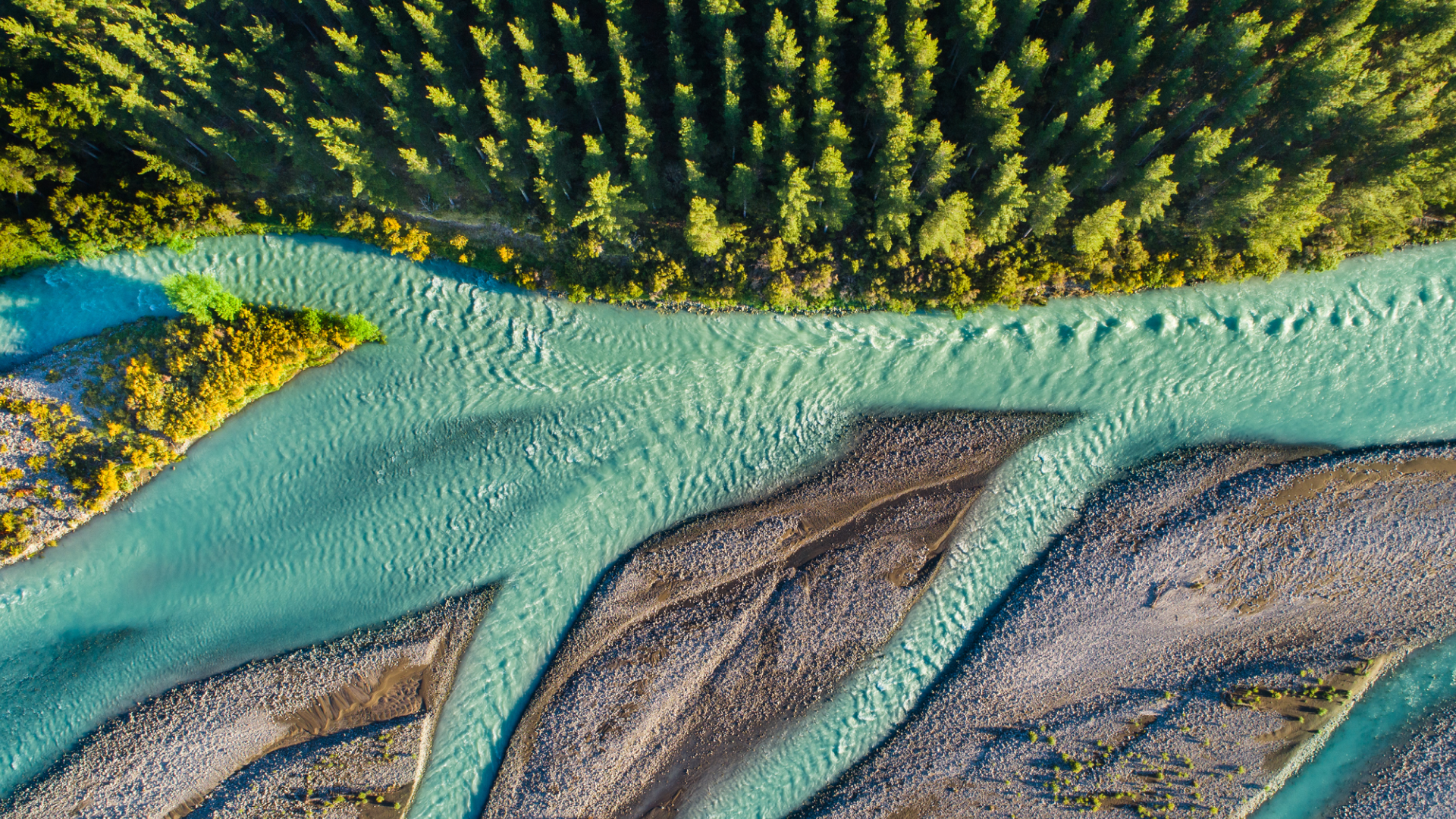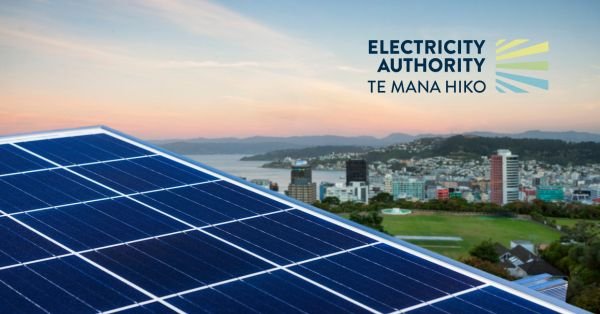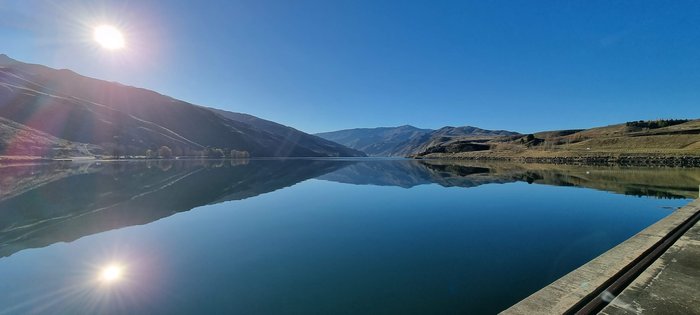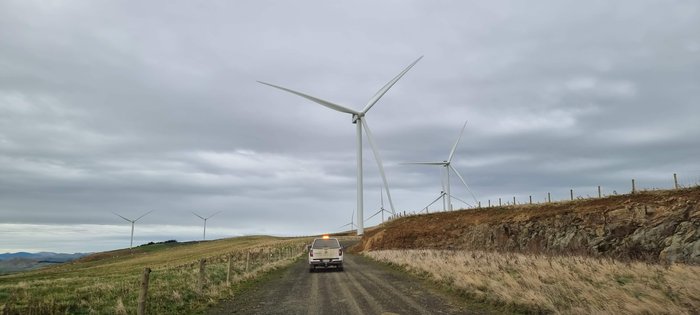News

Information session for retailers on new mandatory reporting under the Retail Market Monitoring notice
We invite retailers to our information session where we will answer your questions ahead of the first report which is due on 31 August 2025.
Centralised wind and solar forecaster contract awarded
The Electricity Authority has awarded a contract to provide centralised wind and solar forecasting services to DNV Services.
Consultation open on common quality information requirements
We are seeking feedback on a Code amendment proposal that would ensure the system operator has timely access to accurate information for assets connecting or c…
First compliance reports for retailers under Consumer Care Obligations due 30 September
The Electricity Authority is notifying electricity retailers that their 2024/25 compliance reports for the Consumer Care Obligations are now available to compl…
Annual levy rates calculated for 2025/26
The Electricity Authority's annual levy rates have been calculated for the financial year ending 30 June 2026, in accordance with regulation 7 of the Electrici…
Electricity Authority appoints Daylight to deliver new comparison and switching service
The Electricity Authority has appointed innovative technology and creative studio Daylight to develop a new energy comparison and switching service.

Featured —
How data and technology could help shape our future electricity system
The Electricity Authority Te Mana Hiko has released a digitalisation discussion paper, ‘Our future is digital’, to test its ideas on a more data-driven and technology-enabled electricity system that supports consumer mobility, and is calling on the tech sector, innovators and change-makers to contribute.
Trading futures on the ASX? Make sure that all information is submitted
The Authority is reminding all participants of their obligations under clause 13.236AA of the Electricity Industry Participation Code, which relates to the pro…
Consultation open on distribution system operation models
We are consulting on three alternative models for distribution system operation as part of the Future System Operations project.
Seeking feedback on 21 December 2024 under-frequency event
We are seeking feedback from generators, the grid owner and other market participants who may have been substantially affected by the under-frequency event of …
Battery energy storage systems roadmap released
We have published a draft two-year roadmap that sets out our work to support investment in battery energy storage systems (BESS). BESS will become increasingly…
An explanation of ASX forward prices
In 2022 we published an article that looked into how the ASX forward electricity market works and the factors that affect these prices. This article looks at s…
Highlighting retailers’ obligations to protect medically dependent consumers
Under the Consumer Care Obligations retailers must not disconnect registered medically-dependent consumers, and must notify the Authority as soon as they becom…
Featured —

Electricity hedge prices and conditions for this winter
The Electricity Authority has analysed information it collected from generators on the winter 2025 hedges they offered to large industrials ie, those where at least one day of the hedge lies between 1 July – 30 September 2025. This data was submitted to the Authority in April 2025.

Energy Competition Task Force roadmap to reward industrial demand flexibility
The Energy Competition Task Force has today set out its proposed vision and roadmap for unlocking industrial demand flexibility. The aim is to better support electricity market reliability and benefit consumers by promoting a competitive, reliable, and efficient electricity industry. The Task Force has also released an update paper on its power purchase agreements (PPAs) work to support more new intermittent generation development, such as wind and solar.
Submissions published on frequency-related Code amendment proposals
We have published submissions on our proposal to amend Part 8 of the Code to address increased frequency variability in New Zealand’s power system.
New resources available as Consumer Care rules come into effect for winter
The Consumer Care Obligations came fully into force on 1 April, giving New Zealanders new rights as power consumers. These rules significantly increase the sup…
Deadline extended for submissions on 'Rewarding industrial demand flexibility' paper
We have extended the deadline for submissions on our issues and options paper Rewarding industrial demand flexibility by one week. The new deadline is 5pm on T…